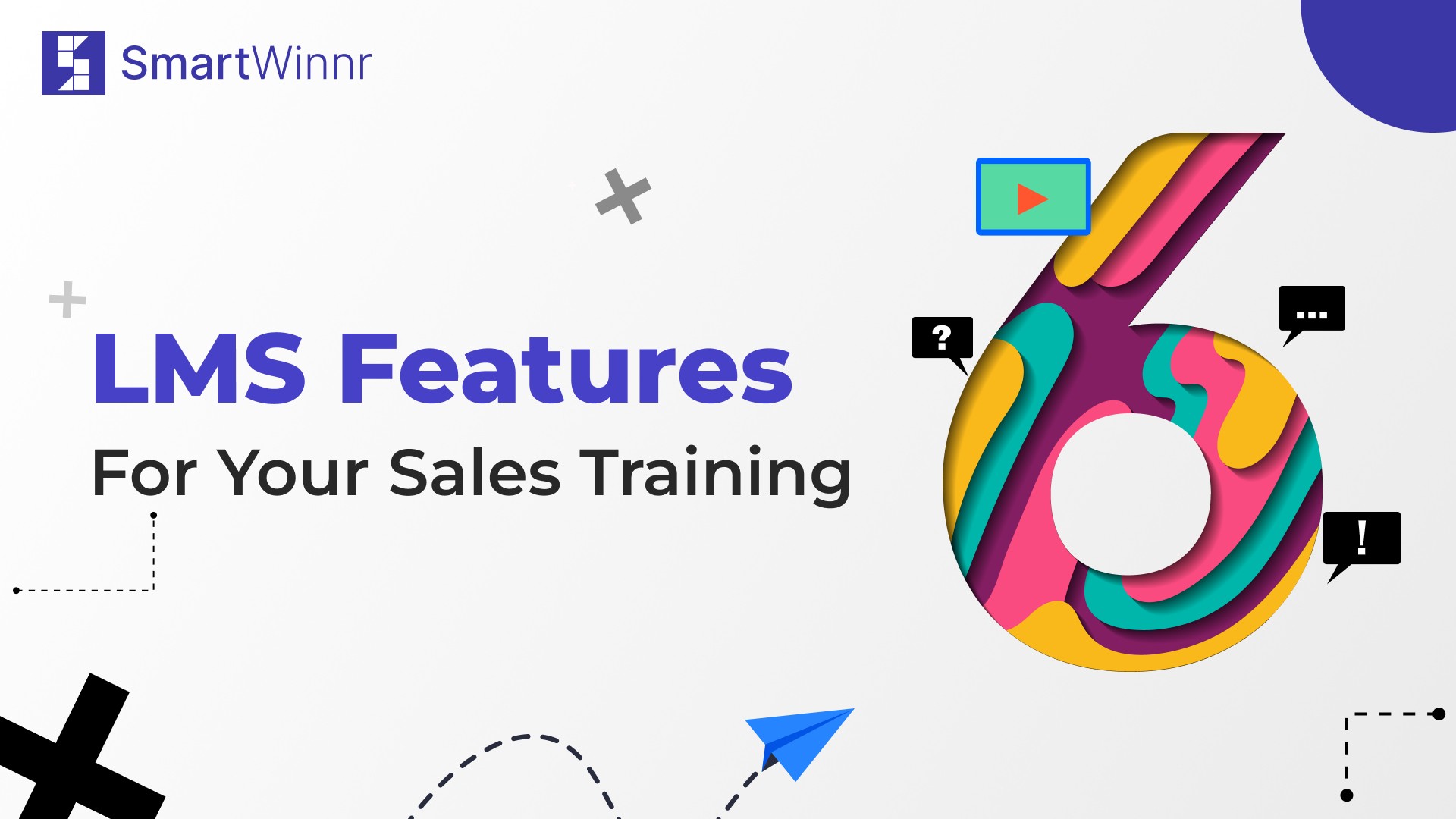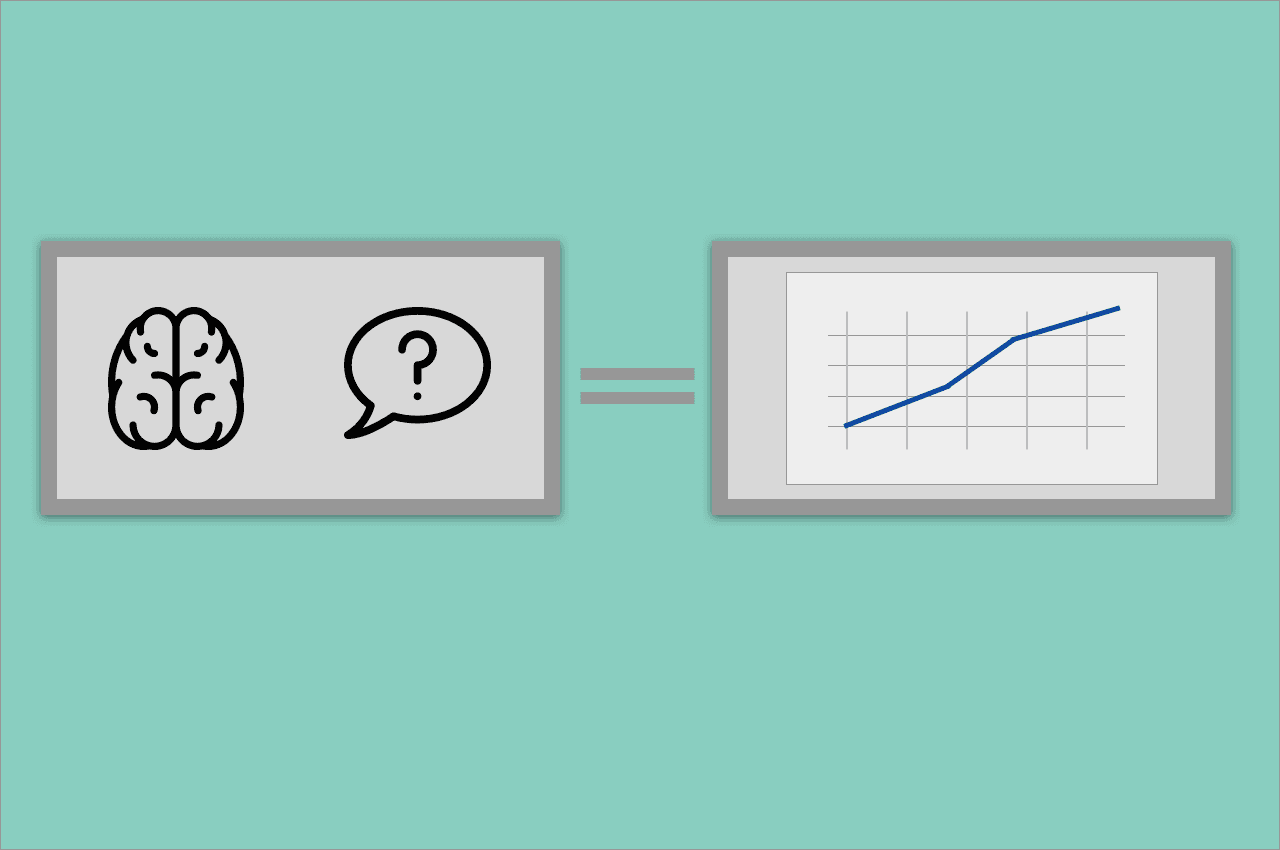PowerPoint Presentation: A thing of the past
Don’t get this wrong. Microsoft power-point is undoubtedly the most powerful tool to present information in many creative ways. It’s been around since 1987 and been producing 30 million presentations every day. But when it comes to training, it is perhaps not the most optimal tool. Sure, it is effective for instructor-led training sessions. But to make that training stick, you need something more than just a ppt. Training has evolved so much from the 1980s to today. Now, with workplaces filled with the millennial workforce, you need a supplement that caters to:
Shorter attention spans
Just-in-time learning needs
Better retention rate
And other aspects of quality learning
Wondering what you could use as a supplement? Microlearning is the key.
What is Microlearning?
Microlearning is the process of breaking down lengthy training content into smaller nuggets. Converting those nuggets into interesting formats like infographics, videos, podcasts, etc, and delivering them to the learner regularly through mobile app or desktop. This method of learning helps the learners to:
Digest the information quickly and easily
Improves their knowledge retention
Enables them to learn anytime, anywhere
So, in order to supplement your training and meet the training needs of Gen Z learners– you can convert your PowerPoint training content into microlearning feeds. Here are some helpful ways to convert.
1. Infographics
Do you know that– “a good infographic is worth a thousand word”? That’s the power infographics carry. Visual representation of information helps in capturing your audiences’ attention.
Go through your training presentation and convert any of the following into beautiful and intuitive infographics:
bullet points,
statistical data,
comparisons,
timelines,
hierarchies
If you don’t want to get into the effort of creating an infographic, you can also present a slide itself as an infographic provided the content is short and crisp. Remember that ‘micro’ is key here. The intention should be to get the learners to focus on small pieces of information at a time.
Some helpful tools for creating infographics:
2. Videos
Videos are everywhere nowadays! YouTube viewers consume more than a billion hours of videos per day! And more than half of YouTube’s views come from mobile devices.
How did this number of views get so high? Quite simply. These videos are easy to access and they maintain viewers’ attention. So, why not use them in your learning as well to effectively engage your learners?
Here is how to convert the training content PPT into videos:
1. Pick a concept in the ppt which you want to convert into a video.
2. Club all the slides that explain that concept in a separate ppt.
3. Then add PowerPoint features like animations, transitions, and audio to the slides in order to add movement to the presentation.
4. You can also choose to add narration to each slide. This helps to engage the learners more effectively since they aren’t reduced to only reading the slides.
Another way to create these videos is by using video creation tools that are available in the market. They help in generating some awesome videos/ animated videos within no time.
Best Tools for Creating Videos:
Pro-Tip: Here are certain guidelines to follow in order to create highly engaging videos:
Follow a well-defined structure while presenting the information in the video. Make sure that the content flows seamlessly
Add screenshots, images, and, animations wherever you can
According to research from various social media platforms-- viewers’ engagement with the videos drops sharply after 2-3 minutes. So, make sure that your microlearning videos are no more than 2 minutes. Preferably 60 seconds.
3. Podcasts
In this fast-paced world, your learners do not have the time to keep up with the latest updates and trends of their industry. So you need to create content which they can consume on the go.
This is where podcasts come into the picture. Podcasts or audio files provide an efficient way for the learners to listen and learn while
They are commuting to home on the train
At the gym
While running errands
While working from home
It doesn’t take much to develop these podcasts.
Every month, invite an expert to talk on a topic for 5-10 minutes. Topics can be varied like
The market landscape
Industry trends
Compliance and policies
Current sales trends
Record the talk using the podcast record tools mentioned below and send the audio file to the learners on their mobile devices.
Some best tools to record podcasts:
Pro-Tip: Occasionally, you can do podcast series featuring industry experts. Or get some famous personalities to deliver a motivational talk. This way you will be able to excite and engage your audience effectively with your podcasts.
4. Storyboards
We all have enjoyed comic books as children and some of us still do. What makes comic books special?
The animations
And the presentation of the story in the form of a storyboard
You can spark the same nostalgic emotion and engagement amongst your learners by introducing storyboards in their learning.
Here are some topics which are suitable for converting into storyboards:
Sales Conversations
Workflows
Standard operating procedures
Ideal customer conversations
Best tools for Creating Storyboards:
Automate the process of sending microlearning feeds to your learners by using SmartWinnr’s SmartFeeds. It helps you to regularly send bite-sized insights that matter and allows your learners to like and react to a SmartFeed.
Bring everything together: The Heart-Head-Hands Technique
Now let’s look at an interesting technique called “Heart-Head-Hands”. This technique provides a framework to organize and send your microlearning modules. This helps in maximizing the interest of the learners and their knowledge retention.
Here is how the technique works:
Heart: This is the emotional hook that you need to establish at the beginning (before sending the actual training content). Try to get the learner to care about what you have to say by striking an emotional chord with them. Send microlearning feeds on:
What topics you are going to cover in the next one week or 15 days
What knowledge are you are trying to reinforce
What outcome do you expect out of it
What is in it for them
What to use: Infographics and videos
Head: This is where you provide the learners with the actual training content. Send one microlearning feed every day or once in 3 days. Make sure not to overwhelm your learners by limiting to only one concept per microlearning.
What to use: Infographics, videos, and podcasts
Hands: Finally, wrap things up by reinforcing practical knowledge. Send feeds on:
Real-life scenarios
Realistic customer conversation examples
Appropriate actions that should be taken in various work scenarios
How to apply a concept they have learned in a realistic scenario etc
This provides hands-on knowledge to your learners.
What to use: Storyboard
Want to know more about microlearning?
Spaced Repetition and Microlearning: Two peas in a pod
Use Micro-Learning to Turbo-Charge your Sales Team
How does Microlearning Support Virtual Training
Looking for a platform to automate the process of delivering microlearning feeds for your learners?
Explore SmartWinnr’s SmartFeeds. SmartFeeds help you create microlearning feeds and deliver them to your learners through the SmartWinnr mobile app regularly. Your learners can then like and react to these feeds. This helps in increasing the engagement of the learners.
Interested to see it in action? Book a demo today!
Looking for a sales training software that takes your sales training to a whole new level?
Explore SmartWinnr’s Learning and Gamification features. Learn how to run fun and engaging sales training and sales coaching for your team through SmartWinnr.
Curious to learn more about it? Book a demo today!










